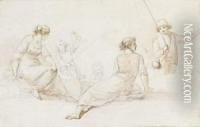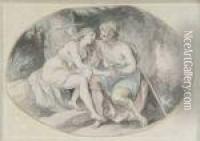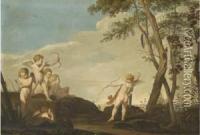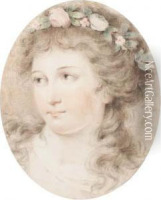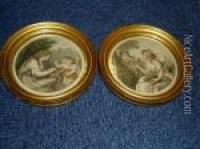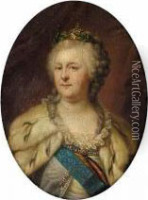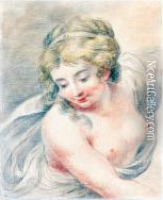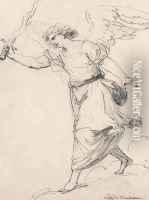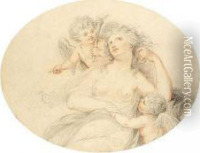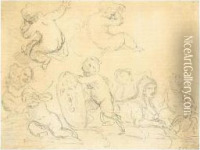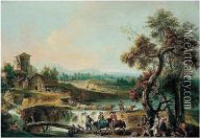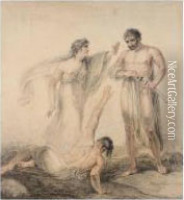Giovanni Batista Cipriani Paintings
Giovanni Battista Cipriani was an Italian painter and engraver, who was born in Florence, Italy, in 1727. He was part of the movement that has come to be referred to as the Late Baroque or Rococo period. Cipriani received his early artistic training in Florence under the tutelage of Ignatius Hugford and Giovanni Domenico Ferretti, who were both important painters of the time.
Cipriani moved to England in 1755 and would spend the majority of his career there. He quickly became a prominent figure in the British art scene and was a founding member of the Royal Academy of Arts in 1768. His work was highly regarded by his contemporaries, and he was particularly noted for his ability to blend the grand manner of Italian art with the more refined and elegant English taste.
Cipriani's oeuvre includes a wide range of works, including historical scenes, allegorical subjects, and decorative motifs. He was also known for his designs for furniture, silverware, and other decorative objects, which played a significant role in shaping the Neo-classical style that was becoming increasingly popular in England at the time. His art was characterized by graceful figures, soft colors, and a sense of harmony and balance, which reflected the ideals of the Enlightenment.
Giovanni Battista Cipriani passed away in London on December 14, 1785. His legacy continued through his influence on British art and design, and his works are held in numerous collections, including the British Museum, the Victoria and Albert Museum, and the Royal Collection. Cipriani's contribution to the arts was significant, and his style helped to define the aesthetic of an era.
